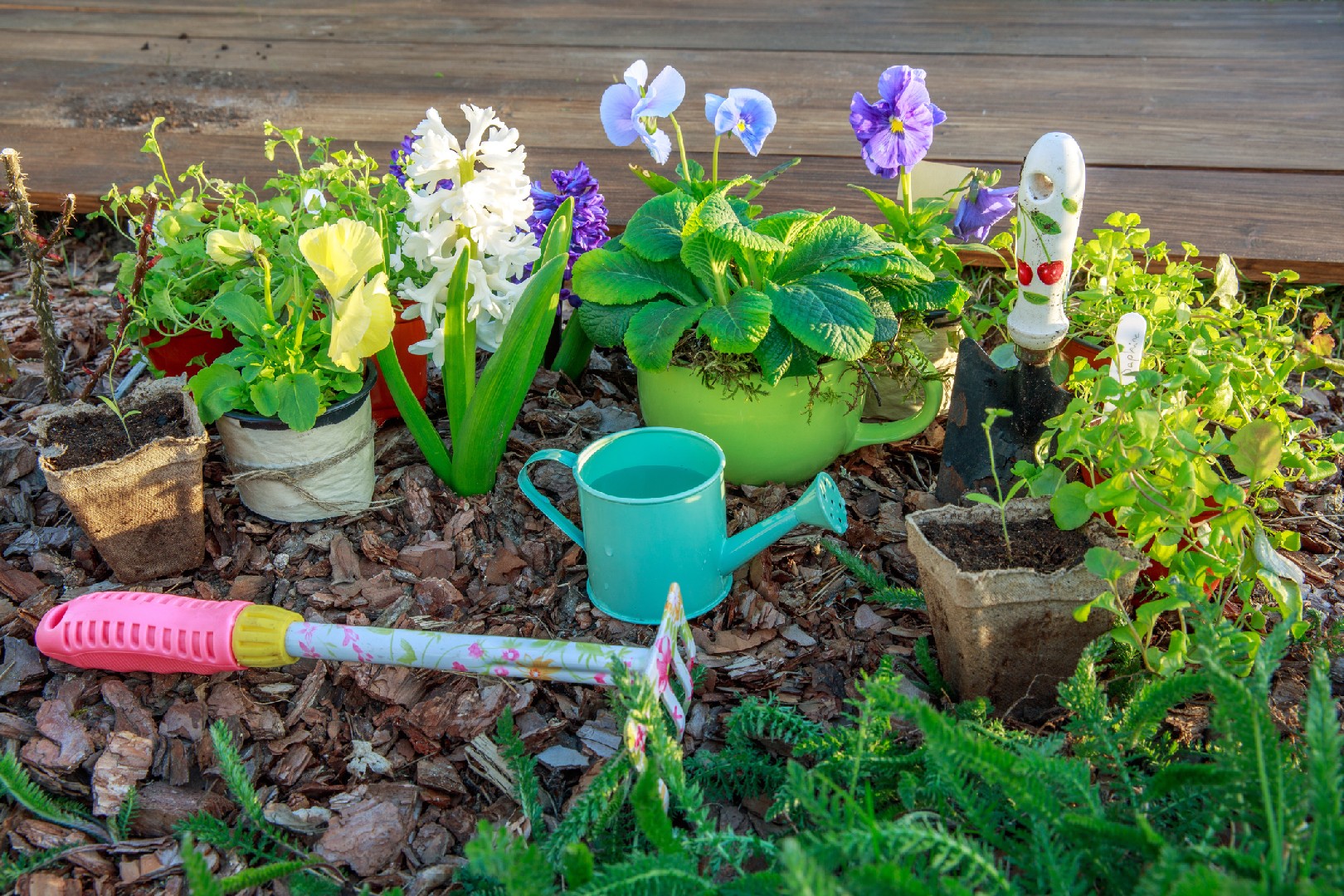![Rectangle]()
Autumn and Winter Small-Space Gardening Tips
As the autumn season approaches, it is important to prepare your small-space garden for the colder months ahead. This article will provide you with practical tips and advice on fall cleanup, mulching, and preparing your garden for winter dormancy. Additionally, we will explore the selection of hardy plants that can add color and life to your garden even in the winter, as well as practical tips to prevent frost damage and conserve warmth.
Fall cleanup is an essential part of maintaining a healthy garden. Start by removing any dead leaves, flowers, and other debris that may have accumulated. This will help prevent the spread of diseases and pests. It is also a good time to trim back any overgrown or damaged plants to encourage healthy growth in the following season. Remember to dispose of this debris properly, either by composting or by disposing of it in a green waste bin.
Mulching is another important task for autumn gardening. Applying a layer of mulch around your plants will help insulate the soil, regulate its temperature, and retain moisture. It also acts as a barrier against weeds, reducing competition for essential nutrients. Some popular mulch options include wood chips, straw, and shredded leaves. Spread a layer of mulch around your plants, making sure to leave a small gap around the stem to prevent rot.
Preparing your garden for winter dormancy is crucial to ensure its survival and revival in the spring. Cut back any perennials that have died back and remove any annual plants that have reached the end of their lifecycle. This will prevent the spread of diseases and pests and make way for new growth in the next season. Consider covering delicate plants with blankets or burlap to protect them from frost and cold winds.
While many plants go dormant during the winter, there are still options to add color and life to your small-space garden. Look for hardy plants that thrive in colder temperatures, such as pansies, violas, and ornamental kale. These plants can withstand frost and continue to bloom throughout the winter, providing a splash of color and beauty to your outdoor space.
To prevent frost damage, there are several practical tips you can follow. Water your plants during the day so that the moisture has a chance to dry before temperatures drop at night. Additionally, consider using frost blankets or row covers to protect delicate plants from freezing temperatures. These covers create a greenhouse effect, trapping warmth and preventing frost damage.
By following these autumn and winter small-space gardening tips, you can ensure the health and vitality of your garden year-round. Remember to clean up your garden, apply mulch, and prepare it for winter dormancy. Don't forget to select hardy plants that can withstand the colder months and take steps to prevent frost damage. With these practical tips and advice, you can enjoy a beautiful and thriving garden even in urban areas with limited space.





